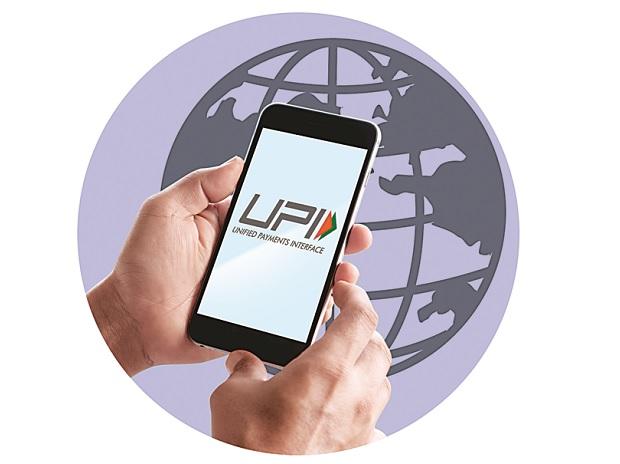[ad_1]
The Reserve Bank of India (RBI) will let travelers to the country use UPI for merchant payments, expanding the scope of the ubiquitous funds transfer system.
Unified Payments Interface (UPI) will be first extended to travellers from G-20 countries arriving at select international airports. The facility will later be enabled across all other entry points in the country, the RBI said.
The central bank earlier gave UPI access to non-resident Indians, who can link their international mobile phone numbers to their NRE/NRO accounts,
Allowing international travellers UPI access in the country will make payments easier and reduce their dependence on cash. It will also add to the volume of UPI transactions.
“The RBI’s announcement around extending the UPI facility for inbound travellers to India is a great initiative. Customers coming to India will now be able to use UPI while carrying out P2M transactions. This is a great move to scale up the use of digital payments in India as well as improve their payment experience,” said Rajsri Rengan, Head of Banking and Payments, India and Philippines, FIS.
UPI transactions touched a record high of 8.03 billion transactions in January, amounting to Rs 12.98 trillion.
In 2022, UPI processed over 74 billion transactions, worth Rs 125.94 trillion, data from the National Payments Corporation of India (NPCI) shows. In 2021, UPI processed over 38 billion transactions worth Rs 71.54 trillion.
UPI crossed the first billion transactions in October 2019, almost three years after its launch in 2016. But, since then, the incremental billion transactions have come in very quick time. In under a year, in October 2020, it processed over 2 billion transactions. And, within the next ten months, UPI processed over 3 billion transactions in a month.
It took only three months for the payment platform to reach 4 billion transactions per month, from 3 billion. The incremental 1 billion transactions were achieved in just 6 months’ time. The journey from 5 billion transactions per month to 6 billion was traversed in just 4 months. In the next three months, transactions topped the 7-billion mark. To top the 8-billion mark, the payments platform just took another three months.
Separately, the RBI said it is preparing a pilot project on QR Code based Coin Vending Machine (QCVM) in collaboration with banks to improve the distribution of coins among the general public.
“The QCVM is a cashless coin dispensation machine which would dispense coins against a debit to the customer’s bank account using Unified Payments Interface (UPI)”, the RBI said.
Initially, the pilot project would be rolled out at 19 locations in 12 cities across the country, whereby the QCVMs would be installed at public places such as railway stations, shopping malls, marketplaces to enhance ease and accessibility. Based on the learnings from the pilot tests, guidelines would be issued to banks to promote better distribution of coins using QCVMs, it said.
[ad_2]
Source link



